|
4/17/2016 1 Comment S.A.F.E.T.Y Dance!Hawaiian Monk Seal Research Program offices are located in NOAA's Inouye Regional Center on Ford Island in Pearl Harbor, Honolulu. A lot of history to think about while training here. Training started off with two weeks of a small boat training. Learning the ins and outs of the boats we'll be using to survey the atoll for seals. Knots, safety, more safety and maneuvering. Not all camps are boating camps but they are all remote! At Pearl and Hermes we'll be doing a lot of boating. While it is considered to be one of the more untouched atolls in the NWHI chain, Pearl and Hermes has nonetheless be hugely impacted by man due to the enormous amount of marine debris that washes onto the atoll; catching on the reef, washing ashore and entangling the wildlife. The HMSRP is collaborating with marine debris crews to not only help clean it all up but to help survey what and how much of it washes ashore in specific quadrants around the island. Preparing for the field is no small task. Because the Northwestern Hawaiian islands are so remote, each camp must be stocked with everything it needs to sustain itself for the 4.5 month field season. Each camper is given an excel spreadsheet food list and takes down what and how much they think they may want to eat over the field season. A helpful hint: 'Think about how much you might eat of one item in one week and multiply it by 17' - the approximate amount of weeks we'll be out. That list is then compiled per camp and when we arrive in Honolulu, one Thursday morning during training, we headed to TIMES grocery store and emptied the shelves. Packing gear in 5 gallon buckets is not only convenient but also conducive to the strict quarantine regulations of the NWHI. Again, because of their extreme remoteness the NWHI have their own insular ecosystems. Although incredibly diverse, they are very susceptible to invasive species. Many of the islands have historically been devastated by guano miners and invasive species such as rabbits, rats, ants, weeds etc. For example, the Bonin Petrel population on Midway atoll went from 250,000 to 5,000 pairs in a 40 year period due to the introduction of the black rat [ref. link]. A lot of work has gone into restoring the natural habitats of the islands and a part of that is strict quarantine protocol. Everything brought to the islands is either frozen for 48 hours or bug bombed to kill anything that could tag a long for the ride and potentially wipe out a marine or terrestrial species. The buckets are sealable and can be both frozen and bug bombed! In the event of an emergency it is possible that it could be up to 7 days before rescue can make it from Honolulu. Field campers take an intensive 3 day wilderness first aid course to learn how to deal with medical emergencies - including learning how to put in an IV.
1 Comment
Liz Cepanec
5/2/2016 08:04:44 am
All the best for what you do next!
Reply
Leave a Reply. |
Search by typing & pressing enter

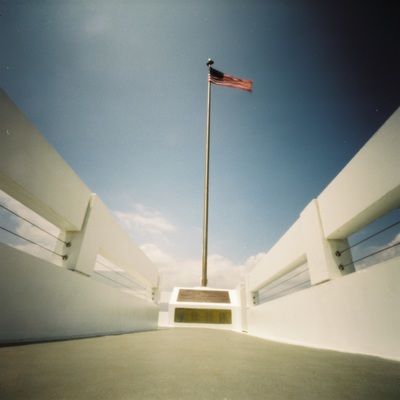
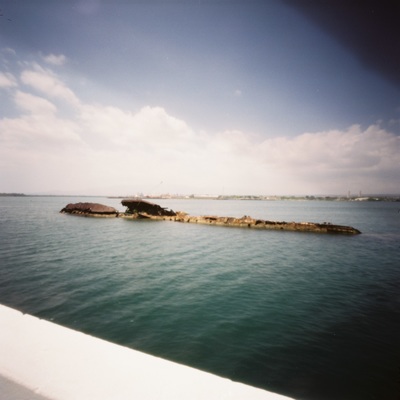
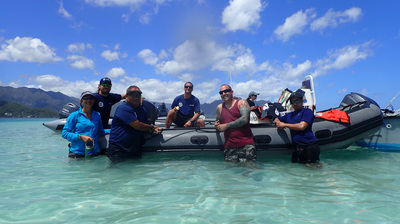
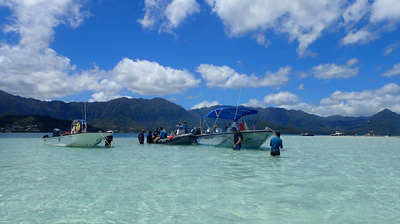
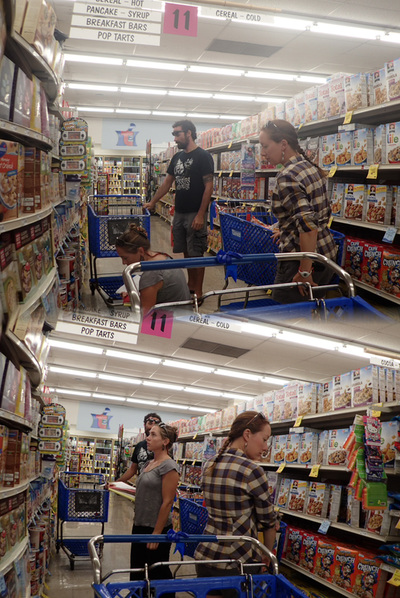
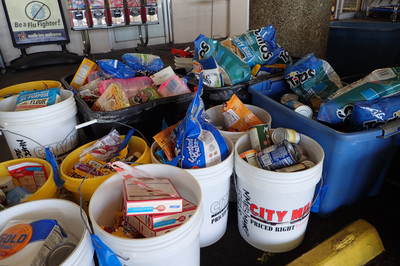
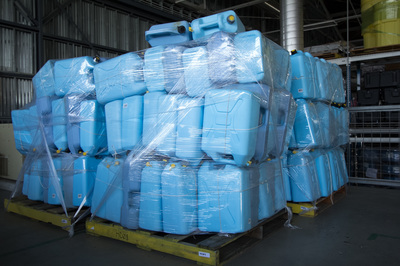
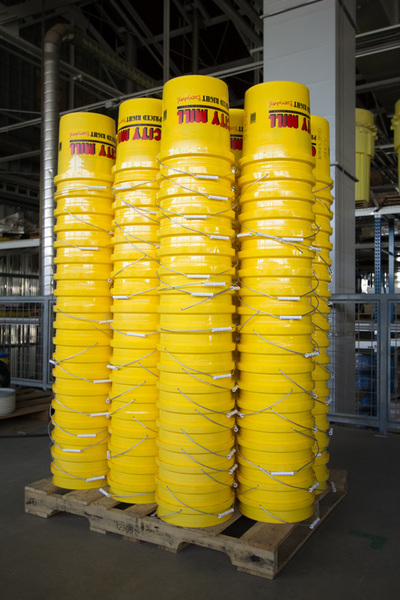
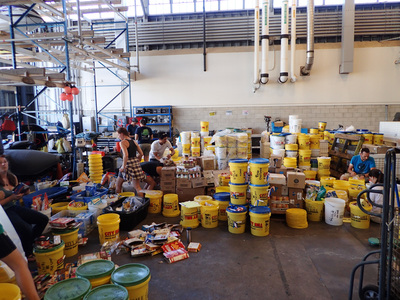
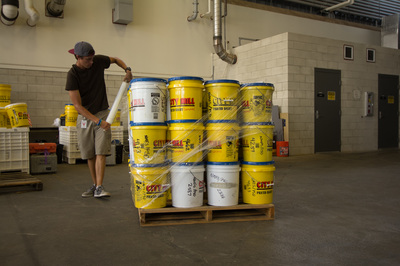
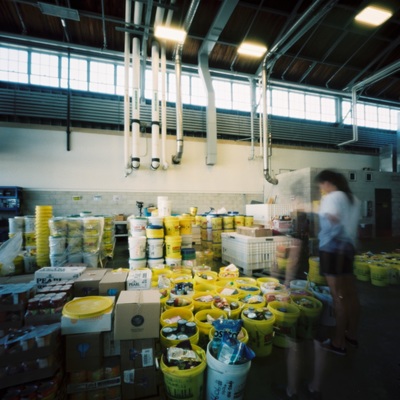
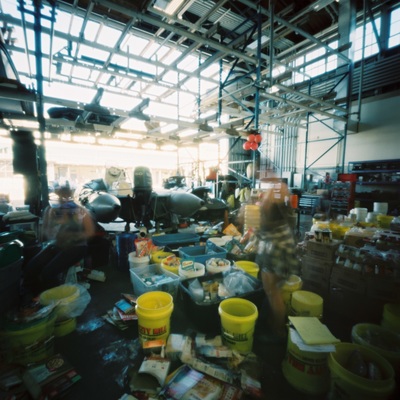
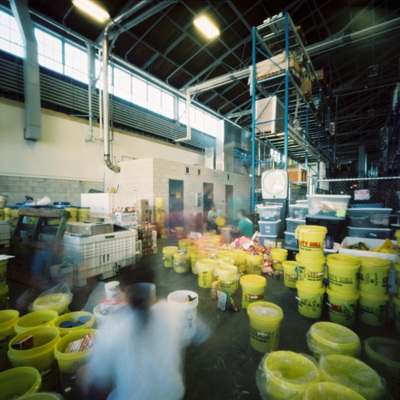
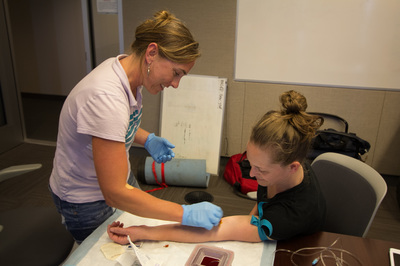
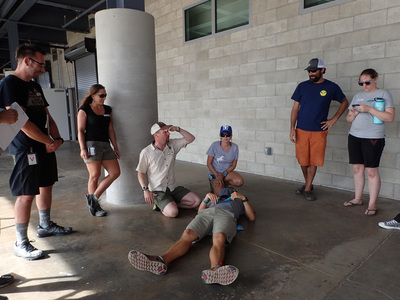
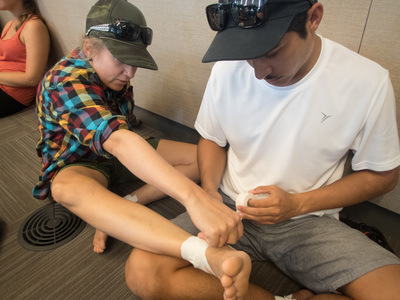
 RSS Feed
RSS Feed
